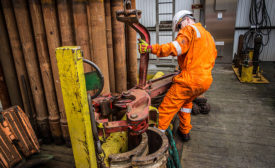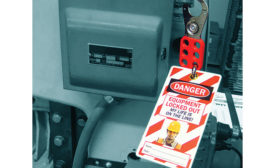Home » Keywords: » worker safety and health
Items Tagged with 'worker safety and health'
ARTICLES
Cover Story
Digitization drives effective management and reduces risk
How safe is your workforce?
October 14, 2020
Safety Technology
ISEA work group begins the process
A standard for connected worker issues?
April 1, 2020
What to look for in a PPE provider
A how-to guide & benefits of consolidating your buy
September 9, 2019
The Human Side of Safety
Broaden your perspective of injury analysis & prevention
September 4, 2019
Never miss the latest news and trends driving the safety industry
eNewsletter | Website | eMagazine
JOIN TODAYCopyright ©2024. All Rights Reserved BNP Media.
Design, CMS, Hosting & Web Development :: ePublishing











